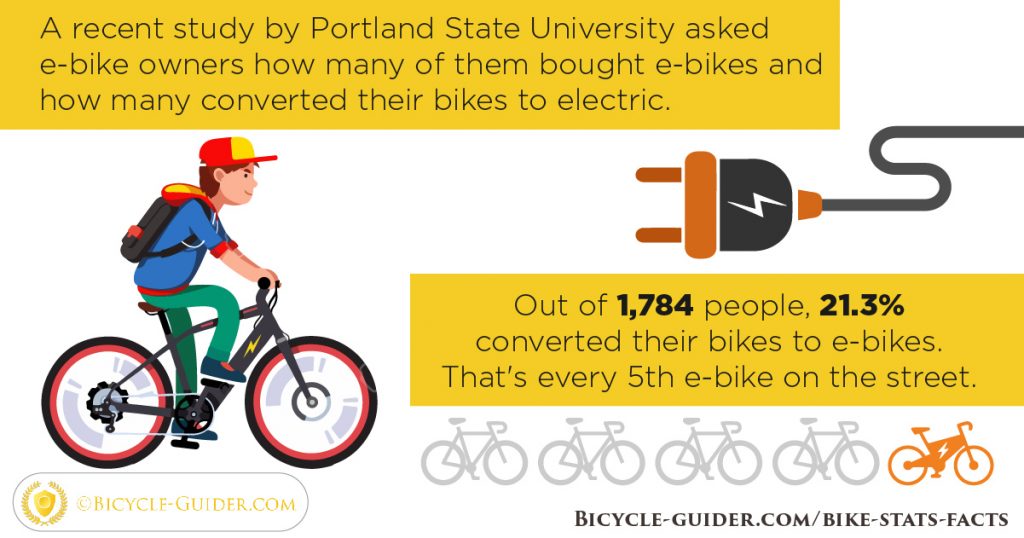A Beginner'S Overview To E-Bike Laws And Laws In Your City
A Beginner'S Overview To E-Bike Laws And Laws In Your City
Blog Article
Highly recommended Internet page By-Mckee Braun
Prior to you get on your e-bike and struck the streets, it's vital to comprehend the legislations and regulations that govern your city. From rate limitations to designated riding areas, there's a great deal to consider to ensure you're compliant and risk-free. By acquainting yourself with the regulations details to e-bikes, you'll be much better geared up to enjoy your rides with no unforeseen lawful problems. Remain tuned to discover official source that will certainly assist you navigate the e-bike landscape in your city flawlessly.
Understanding E-Bike Classification
When it involves browsing the world of e-bike laws and policies, a vital starting factor is recognizing the classification system that categorizes these electrical bikes. E-bikes are usually classified into 3 primary groups: Class 1, Course 2, and Class 3.
Class 1 e-bikes are pedal-assist just, implying they supply help while the cyclist is pedaling and have a maximum speed of 20 miles per hour. These bikes are allowed locations where standard bicycles are permitted.
https://fat-tire-ebikes10864.livebloggs.com/39404983/e-bikes-future-fads-to-adhere-to-over-the-following-five-years -bikes are equipped with a throttle that can push the bike without pedaling. They also have a maximum speed of 20 mph and appropriate for motorcyclists who may need assistance without pedaling constantly.
Class 3 e-bikes resemble Class 1 but with a greater maximum speed of 28 mph. These bikes are typically restricted from particular bike courses or tracks due to their greater rates.
Recognizing these categories is essential for complying with neighborhood laws and ensuring a secure and enjoyable e-biking experience.
Navigating Rate Limitations and Restrictions
To properly navigate e-bike laws and guidelines, it's important to comprehend the speed limits and restrictions that relate to various courses of electrical bikes.
Speed restrictions for e-bikes vary relying on the category of the bike. Course 1 e-bikes, which are pedal-assist only and have a maximum speed of 20 mph, are generally enabled on bike lanes and paths.
Course 2 e-bikes, which have a throttle along with pedal-assist and additionally reach rates of as much as 20 mph, may be restricted in certain locations where motorized vehicles aren't permitted.
Course 3 e-bikes, with pedal-assist approximately 28 mph, are generally required to follow the very same rules as standard bicycles.
It is necessary to comply with these rate restrictions and constraints to ensure your safety and security and the security of others when traveling. Prior to riding your e-bike, familiarize yourself with the details policies in your city to avoid any possible fines or lawful issues.
Where to Trip Your E-Bike
To identify where you can ride your e-bike, it's vital to recognize the regulations and standards specific to your location. In the majority of areas, e-bikes are generally enabled on roadways and roads where conventional bicycles are allowed. This might include bike lanes, bike courses, and shared highways. Nonetheless, it's essential to check local regulations as some cities may have particular limitations on where e-bikes can be ridden.
When riding your e-bike, constantly focus on safety and security by following website traffic policies and valuing pedestrian sidewalks. In addition, be mindful of any kind of assigned bike lanes or paths in your location and utilize them whenever feasible to guarantee a smoother and much safer ride.
Some cities additionally have regulations relating to e-bike use on walkways, so see to it to acquaint yourself with these guidelines to prevent any kind of penalties or charges.
Final thought
Now that you know with the laws and guidelines surrounding e-bikes in your city, you can confidently hit the trail understanding where you can ride and what constraints relate to your e-bike classification. Remember to constantly focus on security and adhere to the rules to guarantee a smooth and legal experience. Satisfied riding!
